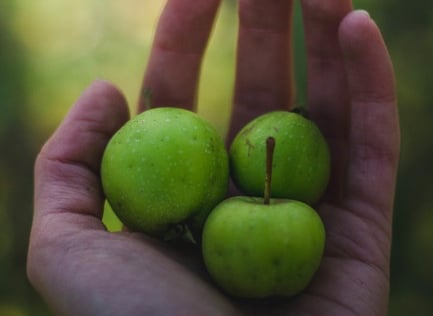The Agony of Prayerlessness

In his book on prayer, appropriately titled, Prayer, Richard Foster notes:
We today yearn for prayer and hide from prayer. We believe prayer is something we should do, even something we want to do, but it seems like a chasm stands between us and actually praying. We experience the agony of prayerlessness.
That chasm. That indefinite “something” between us and the act of prayer seems to be constantly present. If asked, we could likely give the “something” various names: my work schedule, the kids, sleep, dinner preparations, email, Facebook, and on and on.
It is understandable to see our current digital age as a particular hindrance to a vibrant prayer life. We are well equipped to fill our empty space in life—to do anything other than pray: check our messages, watch a few videos, catch up on our podcasts. But it’s not our phones that create the “chasm” between us and prayer.
Foster asserts that part of the problem is our tendency to elevate prayer to such a level that if we are going to pray, we have a need to get it right. We need to set aside the right amount of time; we need to understand the correct theological implications and traditions; we need to create the opportune space in order to get our hearts in the right spiritual place for prayer. And in creating these prayer-necessities, we tend to forget that God did not call us while we were yet … perfect. God does not call us to three-hour-long prayer sessions or perfectly formed doctrines of prayer. He simply invites us to prayer. And prayer is the realm of grace. What is prayer other than accepting the gift of Jesus Christ who died for us while we were yet sinners so that we might engage freely with the Father? It is reaching out with the arms of a child and crying out, “Abba.”
So what does this have to do with music? Well, part of it is to let people know that they are better at praying than they think they are. The biggest book of the Bible, the collected prayers of God’s people, is a hymnal (The Book of Psalms). Let’s not miss this. It is something often overlooked. Music is a God-given and biblical instrument of prayer. When harmony and thought, voice and love, melody and authenticity—filled with Spirit and truth—pour from the lips of believers, there is a mysterious thing happening. And the result is transformation. And it’s easy. Children do it all the time.
Music helps believers cross the chasm that separates us from prayer. And renewal begins when God’s people turn to him in prayer. Prayer is a community’s spiritual breath; it is the engagement with God that aligns our hearts with his Spirit at work in the world. Our mission this year at Worship Leader is to champion prayer and to name our worship songs as prayers set to music. It is to understand everything we do as church leaders in light of this truth. It is to reinforce the ongoing call to worship prayerfully—engaging with God and marinating our human practices with the transformative power of the Father, Son, and Holy Spirit. It is to help our communities join together in one voice and invite them to step out of the agony of prayerlessness.
Jeremy Armstrong is managing editor for Worship Leader magazine. Subscribe today.





